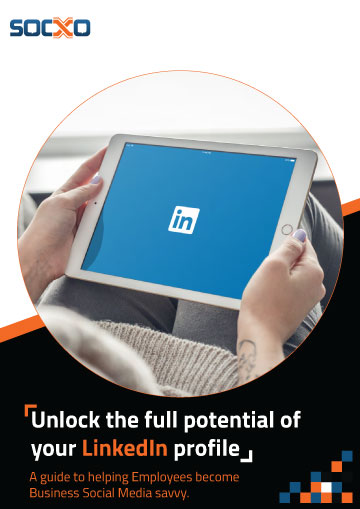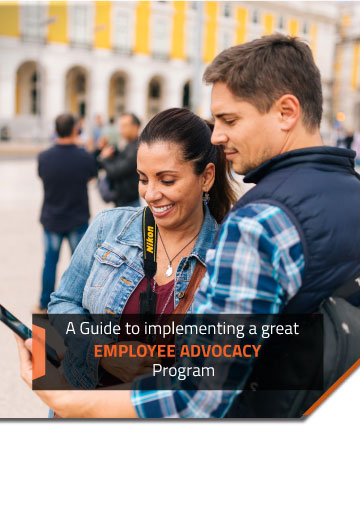
In 2012, Bersin and Associates announced the results of their research in a brief entitled ‘Employee Engagement: Behind the #1 Metric.’ According to the research, organisations were investing a whopping $720 million annually on employee engagement efforts. That was back in 2012. The numbers have obviously increased exponentially, as many more companies are recognising the importance of Employee Engagement.
Despite the big bucks being spent and the amount of time and money invested, a Gallup poll estimated that 51% of employees were still ‘not engaged’ and 17.5% were ‘actively disengaged’ in 2014. There must be something missing, don’t you think?
The Gallup poll also surmised that ‘Among the generations, traditionalists are the most engaged group at 42.2%, possibly because the few who work do so by choice and enjoy their jobs. Millennials are the least engaged group, at 28.9%.’ This is another indicator that the methods that worked before and satisfied the older generation isn’t enough for Gen X. Flexible work hours, workplace aesthetics, slides instead of stairs, free meals, and the sort don’t cut the deal anymore. The Rules of engagement have obviously changed.
“Engaged” to “Empowered”
The keyword has switched from ‘engaged’ to ‘empowered. The two are synonymous in the sense that an empowered employee will be motivated to engagement. Simple as that.
Empowerment takes on many shades, but the basic tenet is that employees need to be motivated and self-directed, in tandem with the goals of the company. Empowered employees are fully aware of their role in the organisation and know that their contribution will make a difference to the company’s profitability.
Case in Point: DCS Corp
DCS Corp is focussed on the empowerment of its employees and has taken several measures in this direction. Some of them are:
1) Employee representation in process action teams, executive action teams, ISO 9001:2008 Quality Management System initiatives and community and corporate outreach events
2) An Employee Advisory Committee made up of volunteer employee representatives who facilitate opportunities for employees to directly suggest improvements in management techniques, quality and efficiency. The suggestions are taken on board by consensus of the Committee and management and implemented through the different branches of the organisation.
3) An Employee Stock Ownership Plan where employee-owners can nominate an employee representative to the Board of Directors.
Empowerment as a culture
Effective empowerment is not an isolated effort that comes from motivating employees one on one. For empowerment to be truly effective, these efforts need to be all pervasive and create a culture in the company that is tuned toward the same goals. An empowered company culture is what makes empowered employees.
Chester I. Barnard, author of Functions of the Executive defined the three key concepts of effective management. Communication, willingness to serve, and common purpose were the factors that the organisation needed to be molded upon. A corporate culture that fosters these attitudes will create an atmosphere that nurtures empowered employees.
An article in ‘The Examiner’ identified 4 requirements of an empowered corporate culture:
• Shared Vision – A vision that is set with clear goals and ideas and that is communicated to employees with passion.
• Shared Competencies – Instead of only focussing on department wise or competency wise training, adequate focus needs to be directed towards shared training and experiences that will steer and motivate employees towards achieving goals as an organisation.
• Shared Resources – Resources needed to achieve organisational goals need to be made available to every employee.
• Shared Support – Employees should be given all the support needed to sustain the spirit of an empowered corporate culture.
Case in point: Zappos
The Zappos culture works on the principle of transparency and openness.
1) Ten core values serve as a foundation for the culture of the company and builds a flexible framework within which employees can engage and get empowered.
2) Through ‘The Zappos Family Library’, the company shares the tenets of the company culture with employees and customers.
3) The Zappos Family Culture Blog updates employees on how employees are practically hard at work at the ‘work hard, play hard’ mentality that defines the Zappos culture.
An Empowered Culture through Advocacy
An empowered corporate culture hands more responsibility to employees. One way of doing this is to make your employees your brand advocates. Social Media is a winner when it comes to this; employees become part of your communication system by interacting in conversations online. Acknowledging and recognising employees online is another way of boosting their morale and motivating them contribute to the company’s image.
In an earlier blog, we saw 3 ways in which the likes of Adobe, Starbucks and Bluewolf have boosted their employee advocacy programs.
Case in point: Zappos
Zappos, mentioned earlier, also has an awesome social media advocacy program. Each employees is trained to use Twitter and they even have a company leaderboard that shows which employees are excelling and how many followers they have. Simple initiatives like encouraging employees to add the hashtags #ZapposCulture and #Zapponians to their social posts gives a great boost to their social media advocacy program.
Case in point: G Michael Salon
Their Social Media Advocacy efforts are quirky and fun. The basic principles on which their efforts revolve around are:
1) Showcasing services, and recognising and rewarding good performance
2) Posting reviews on good service
The Rules of engagement have changed most definitely. And fostering an empowered corporate culture is the cornerstone of nurturing engaged and empowered employees.
Social advocacy is only one of the many ways this can be achieved. What other ways can you think of?























